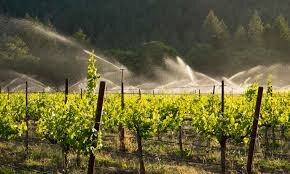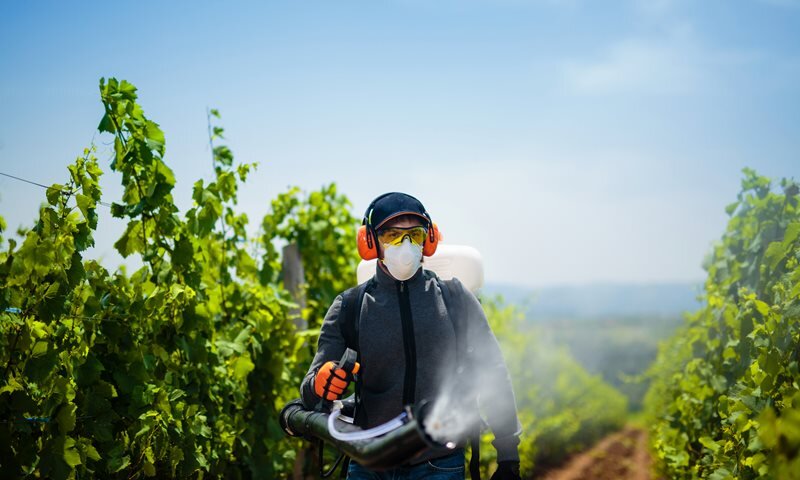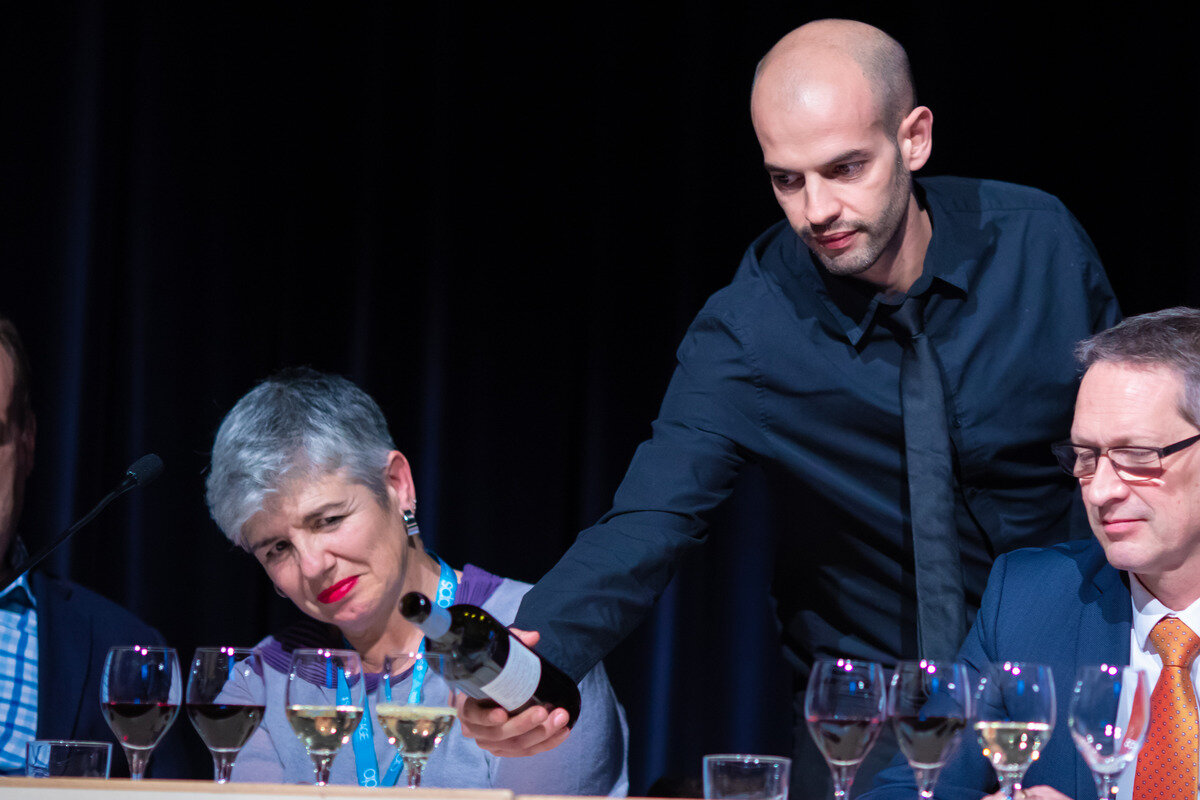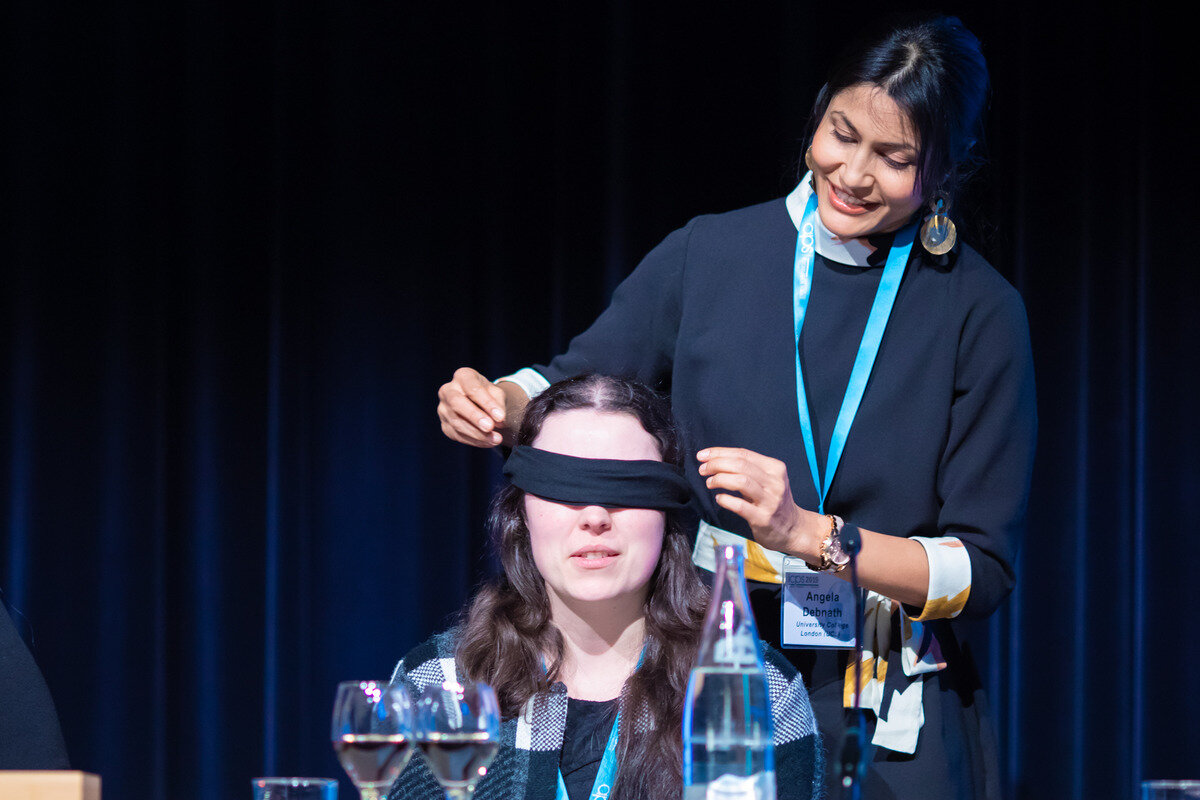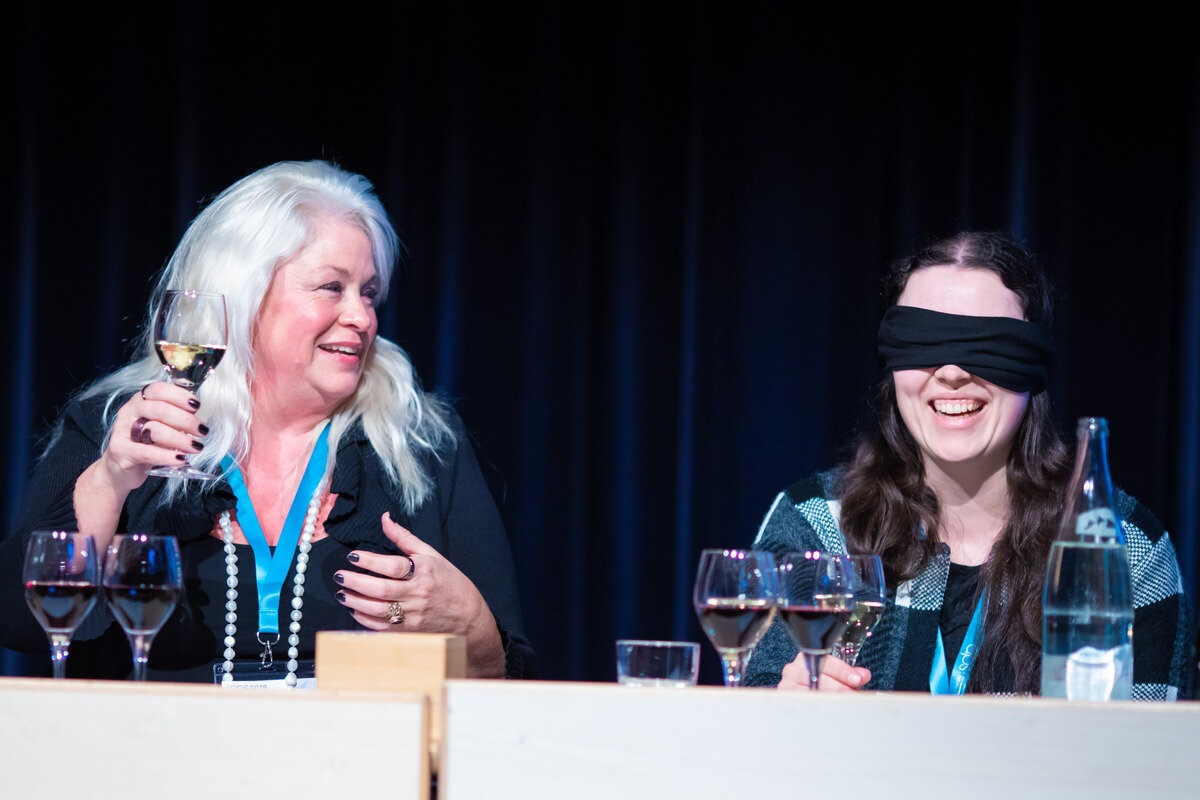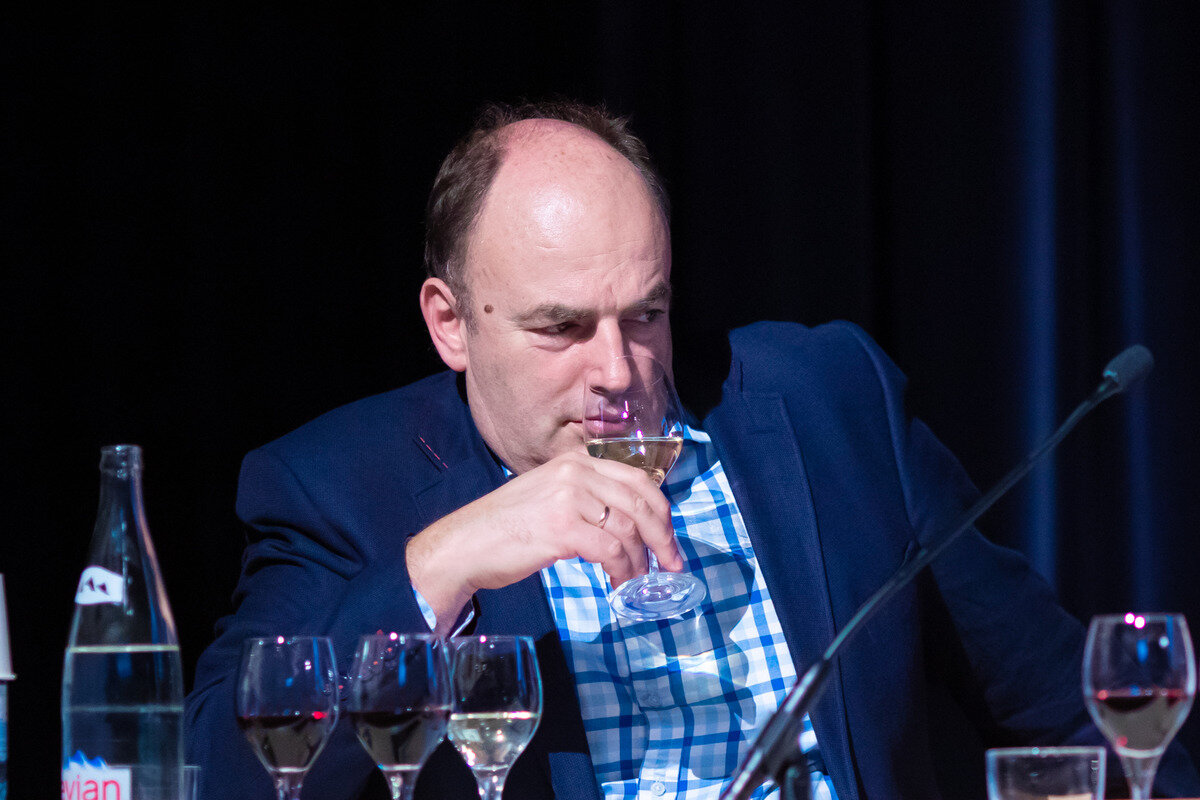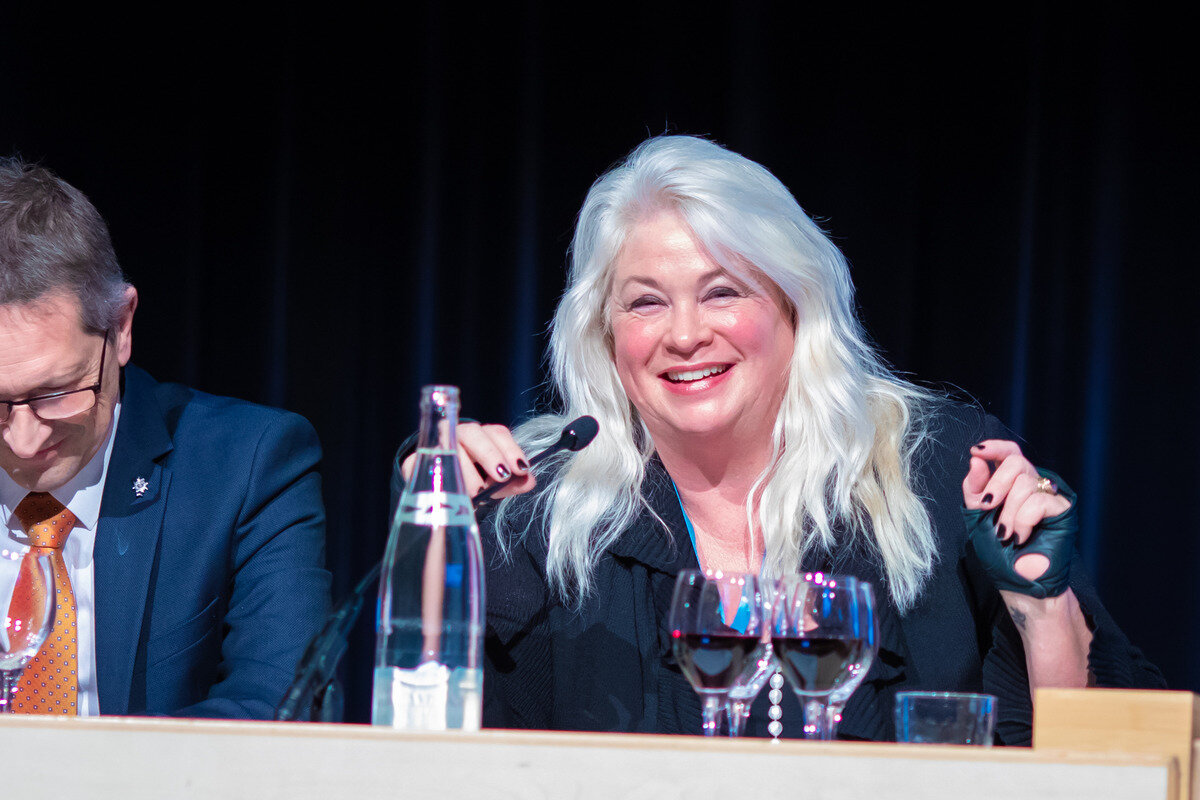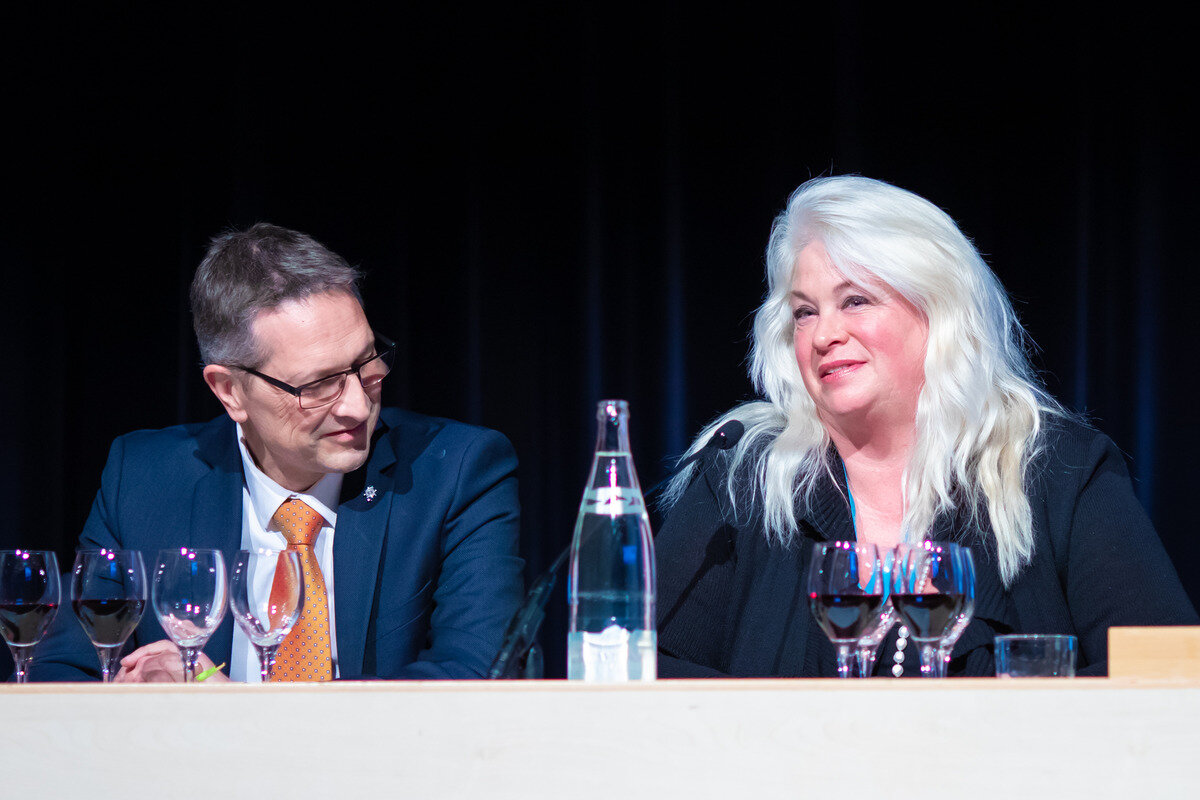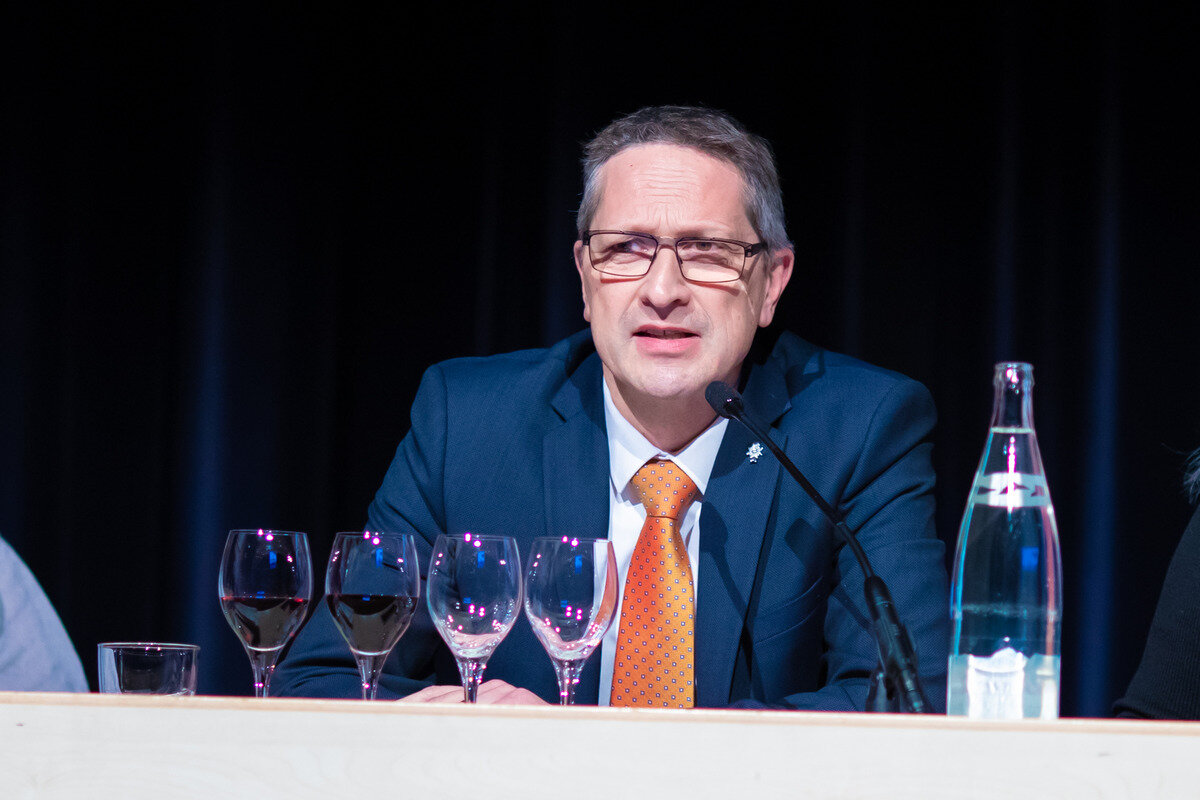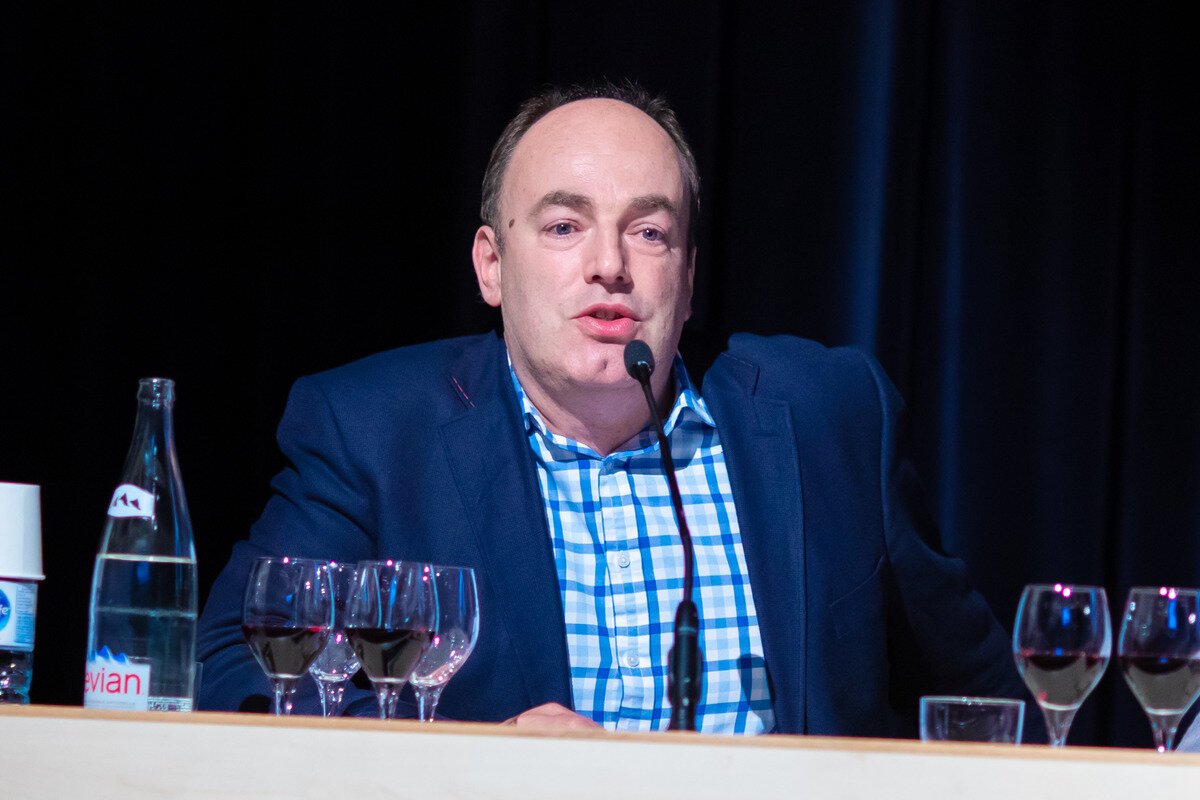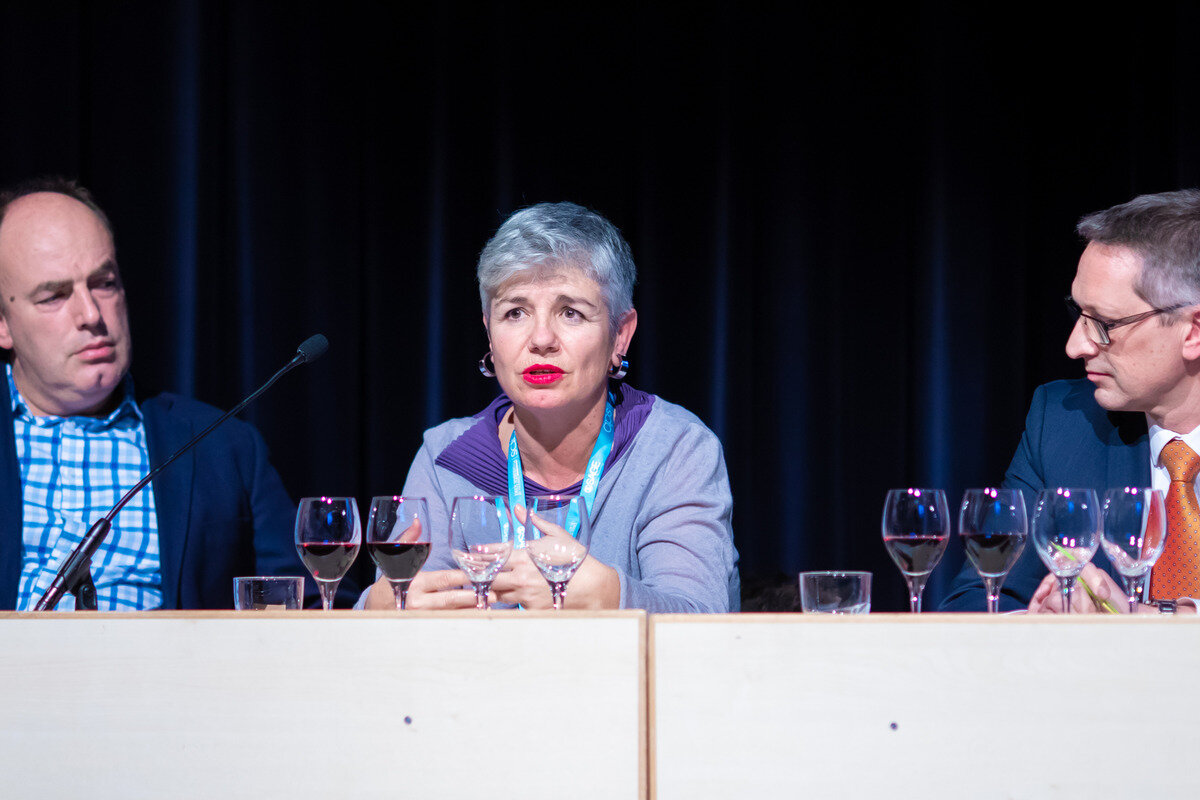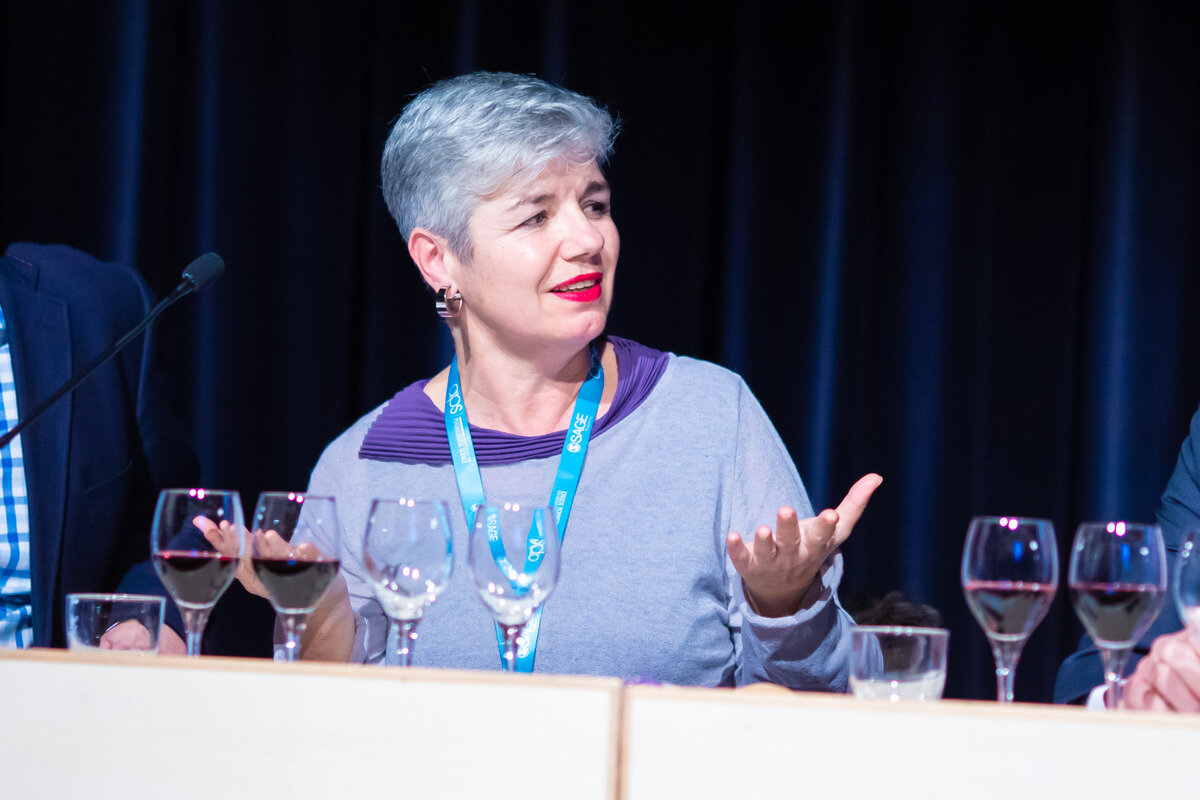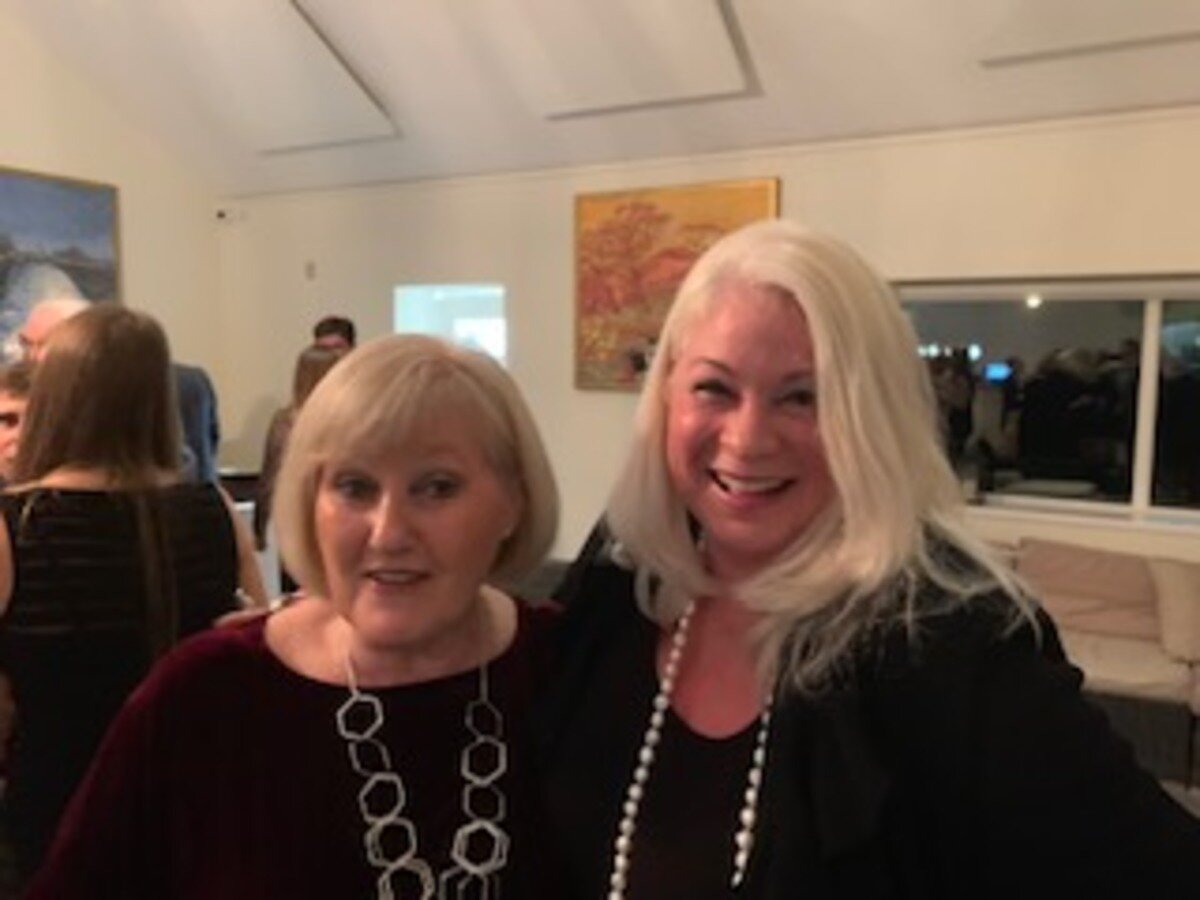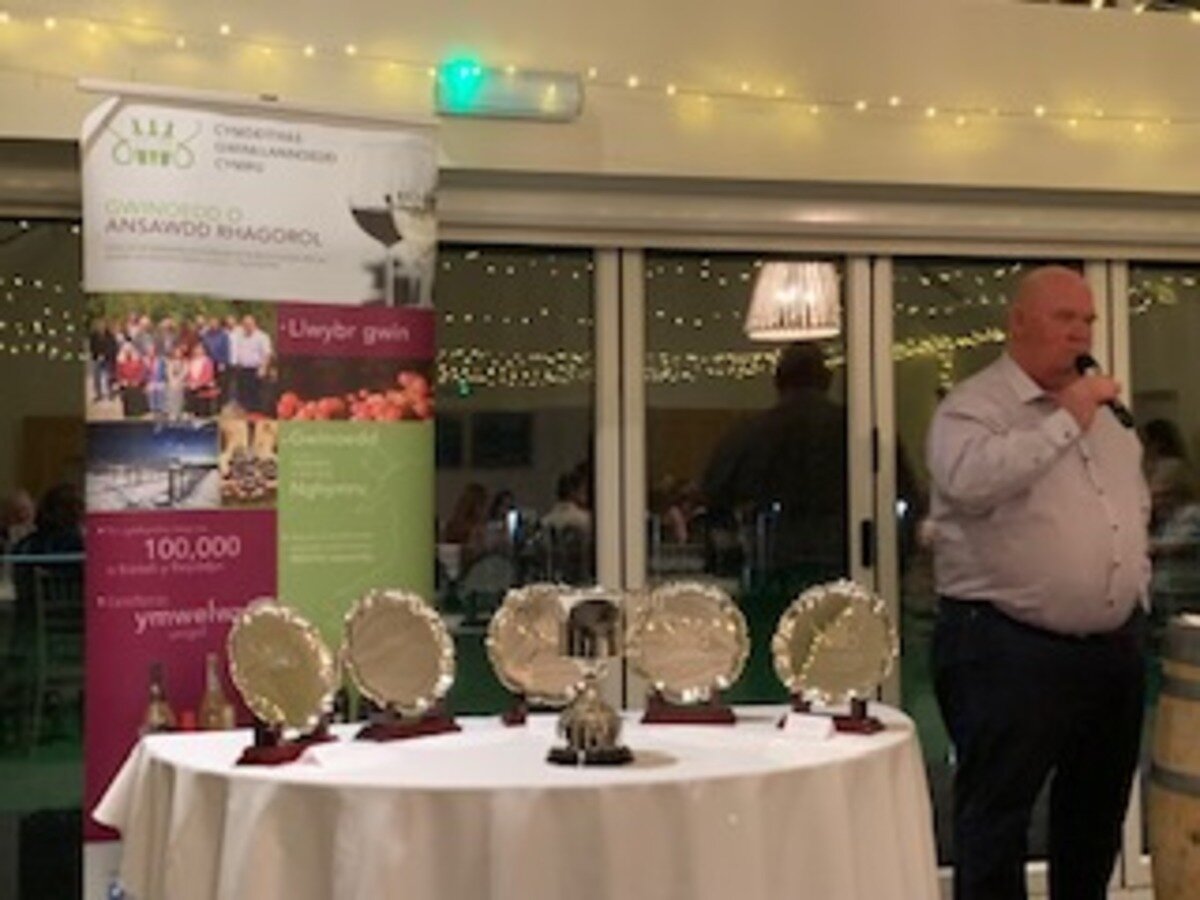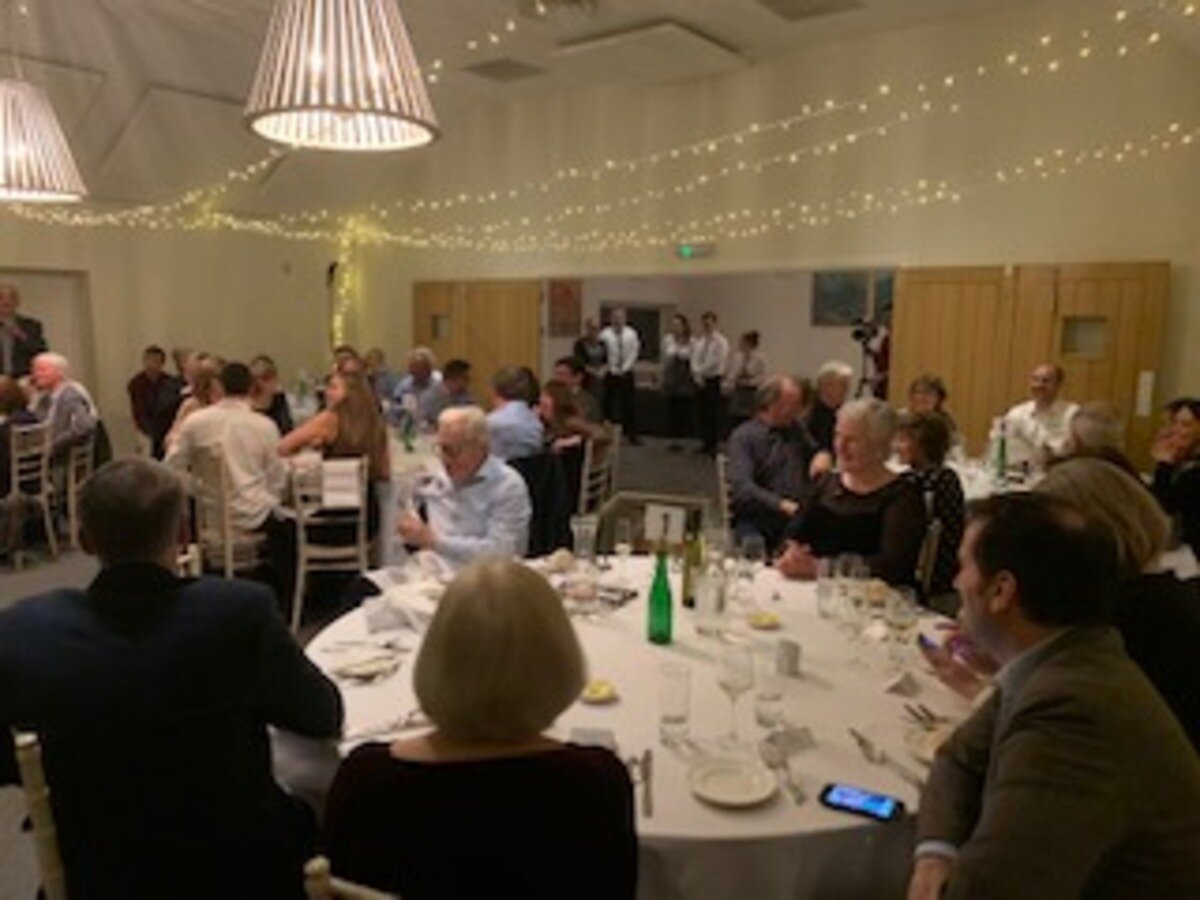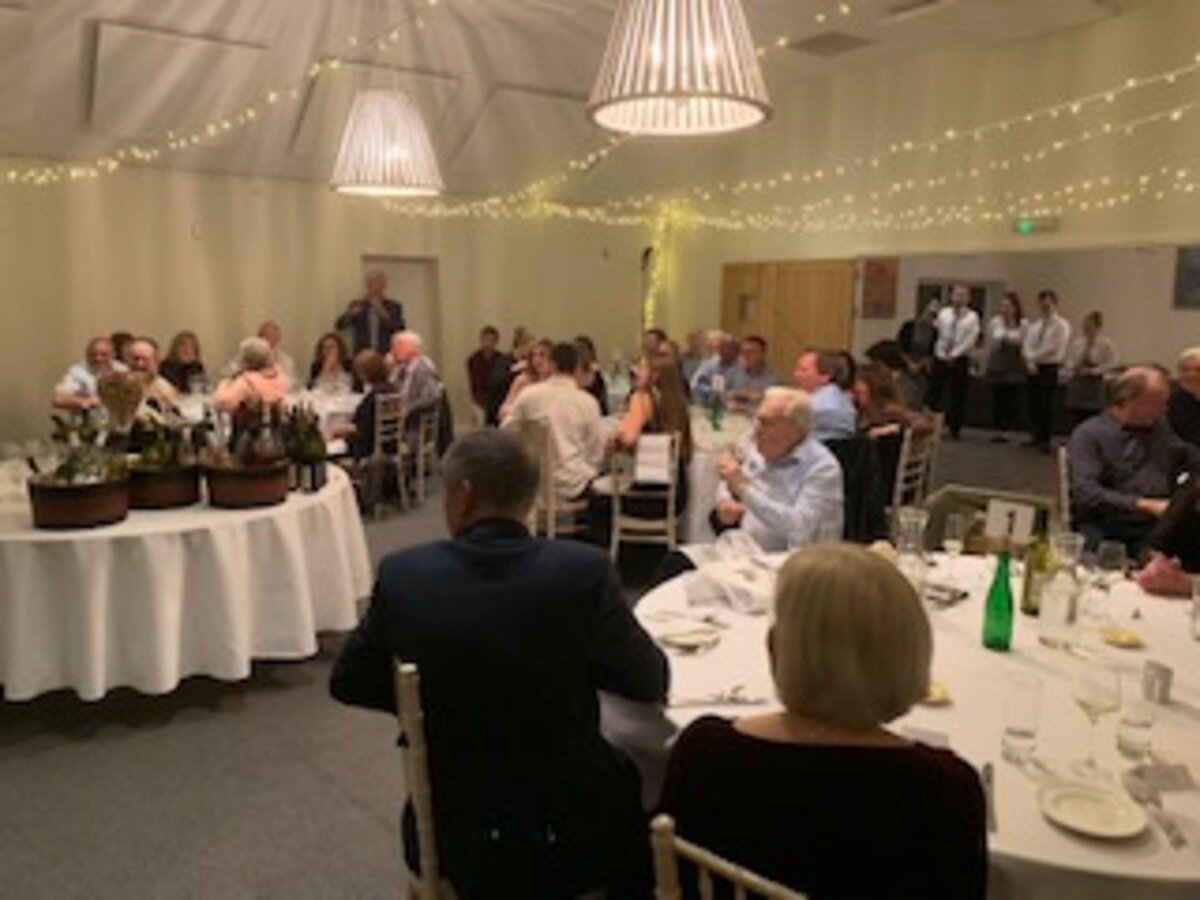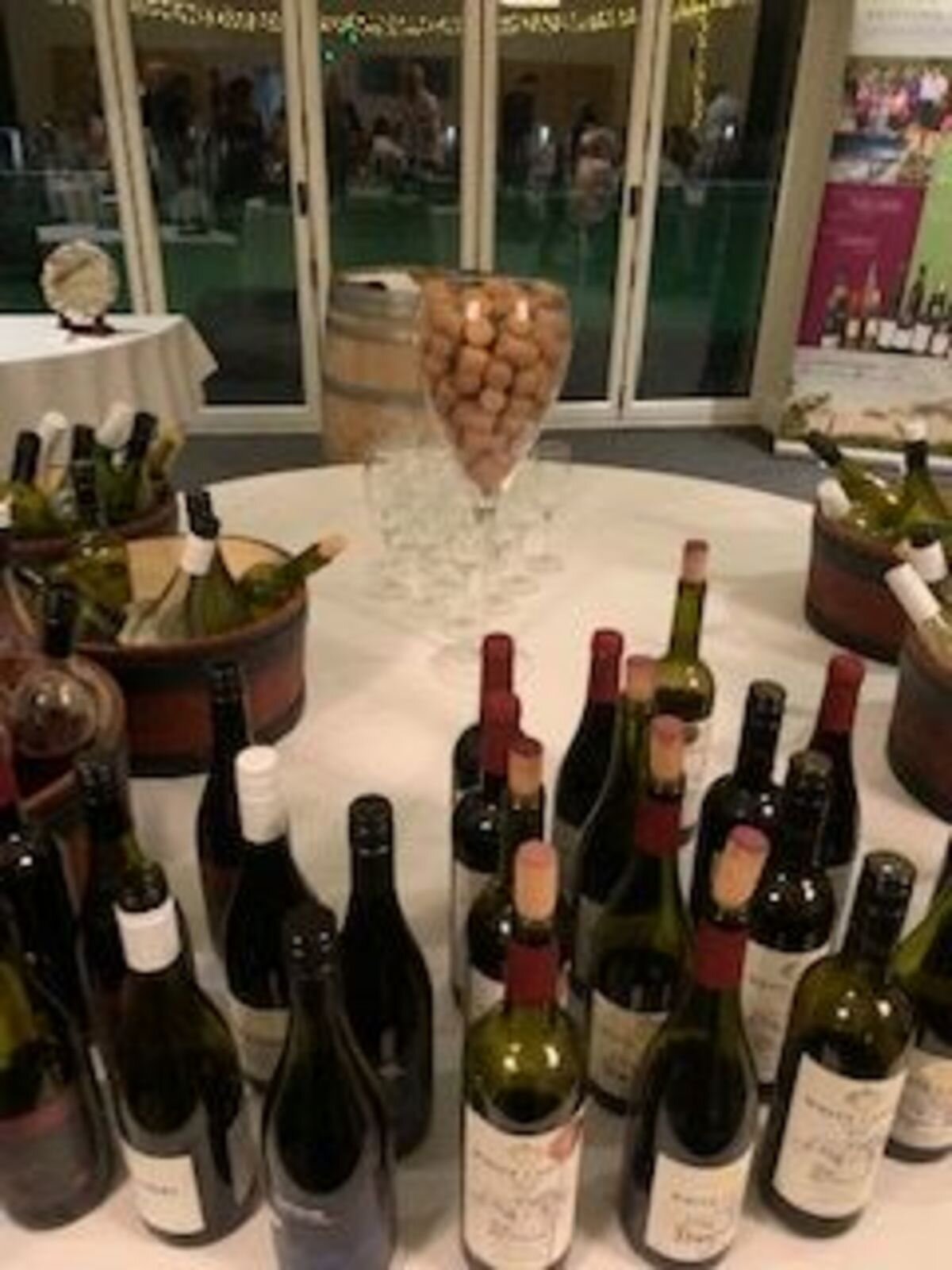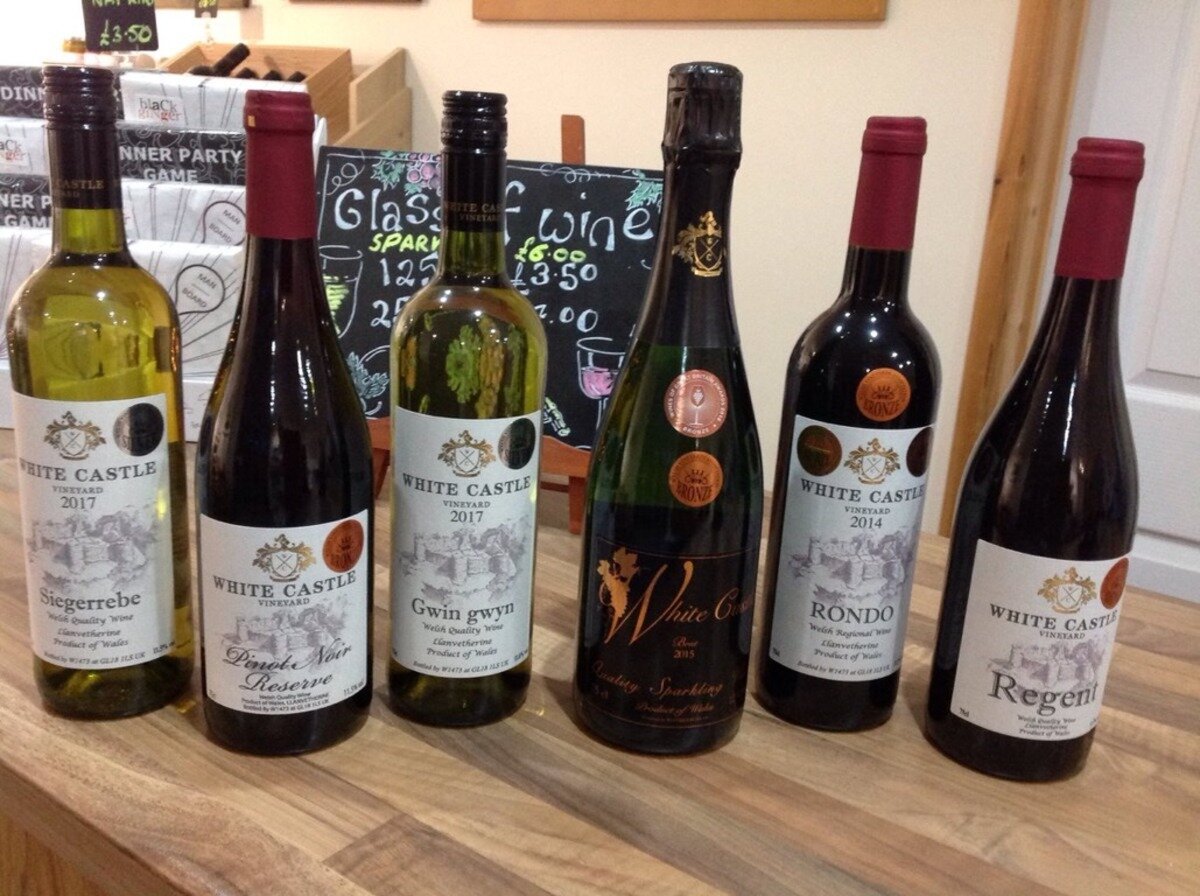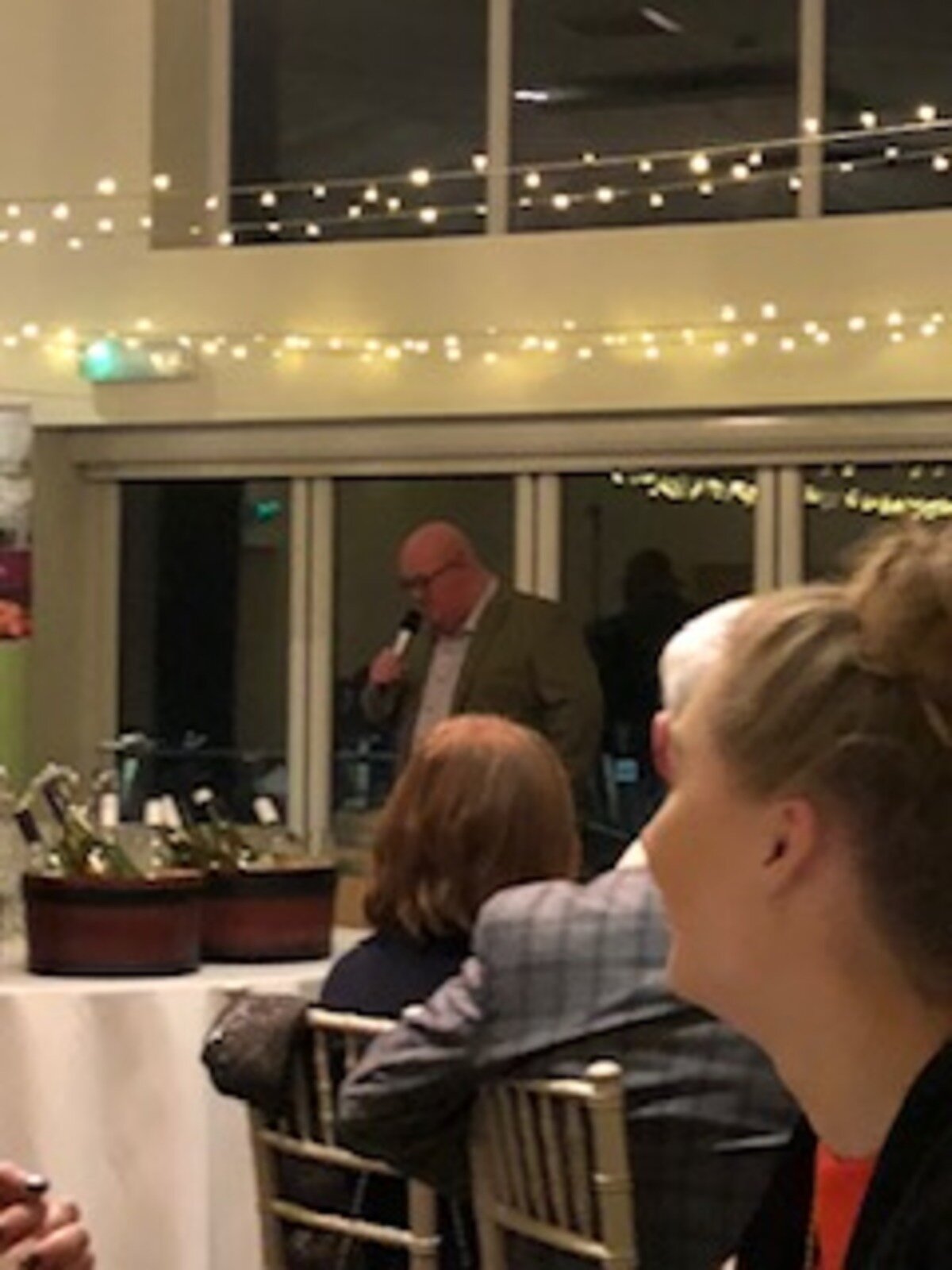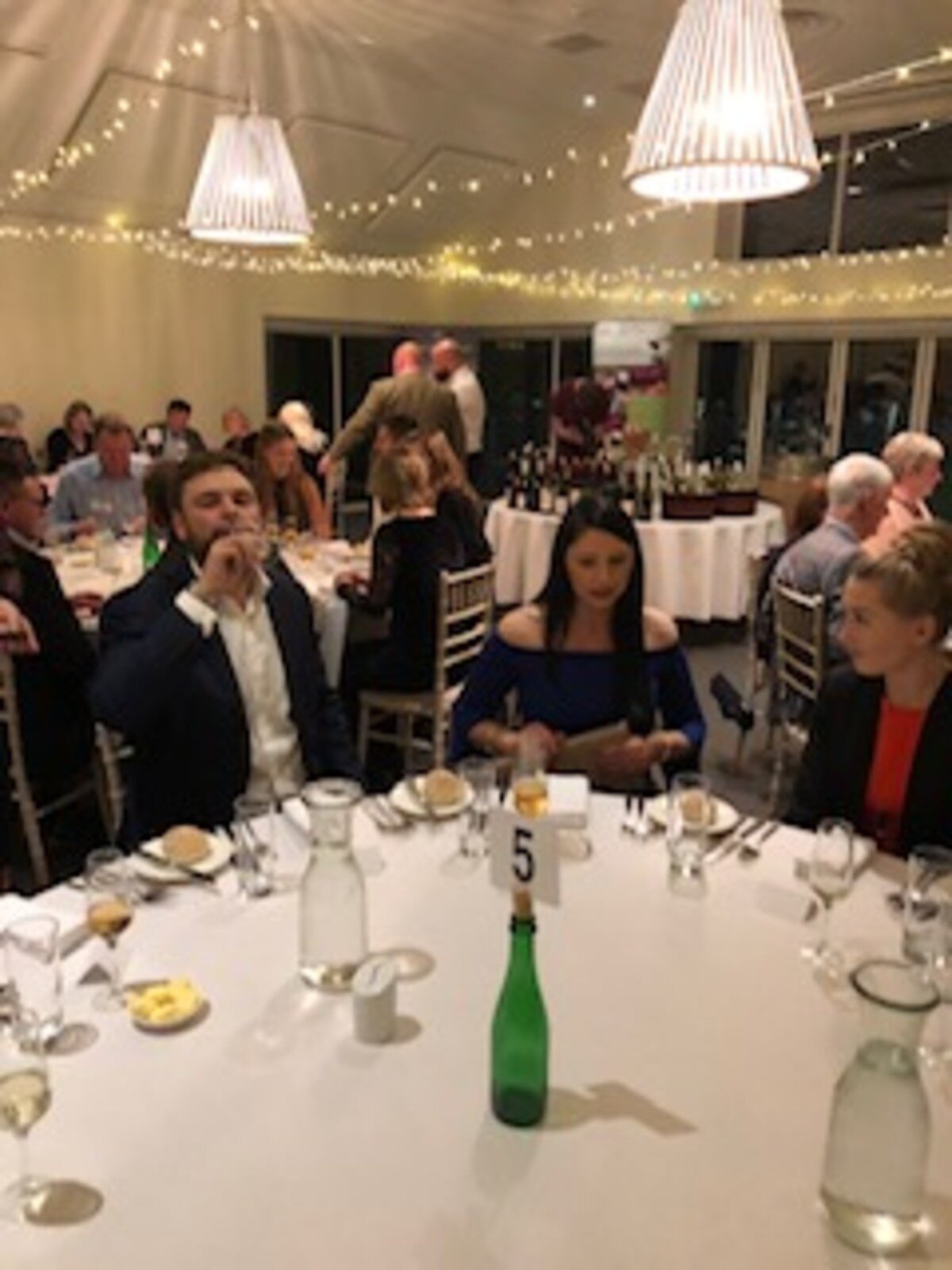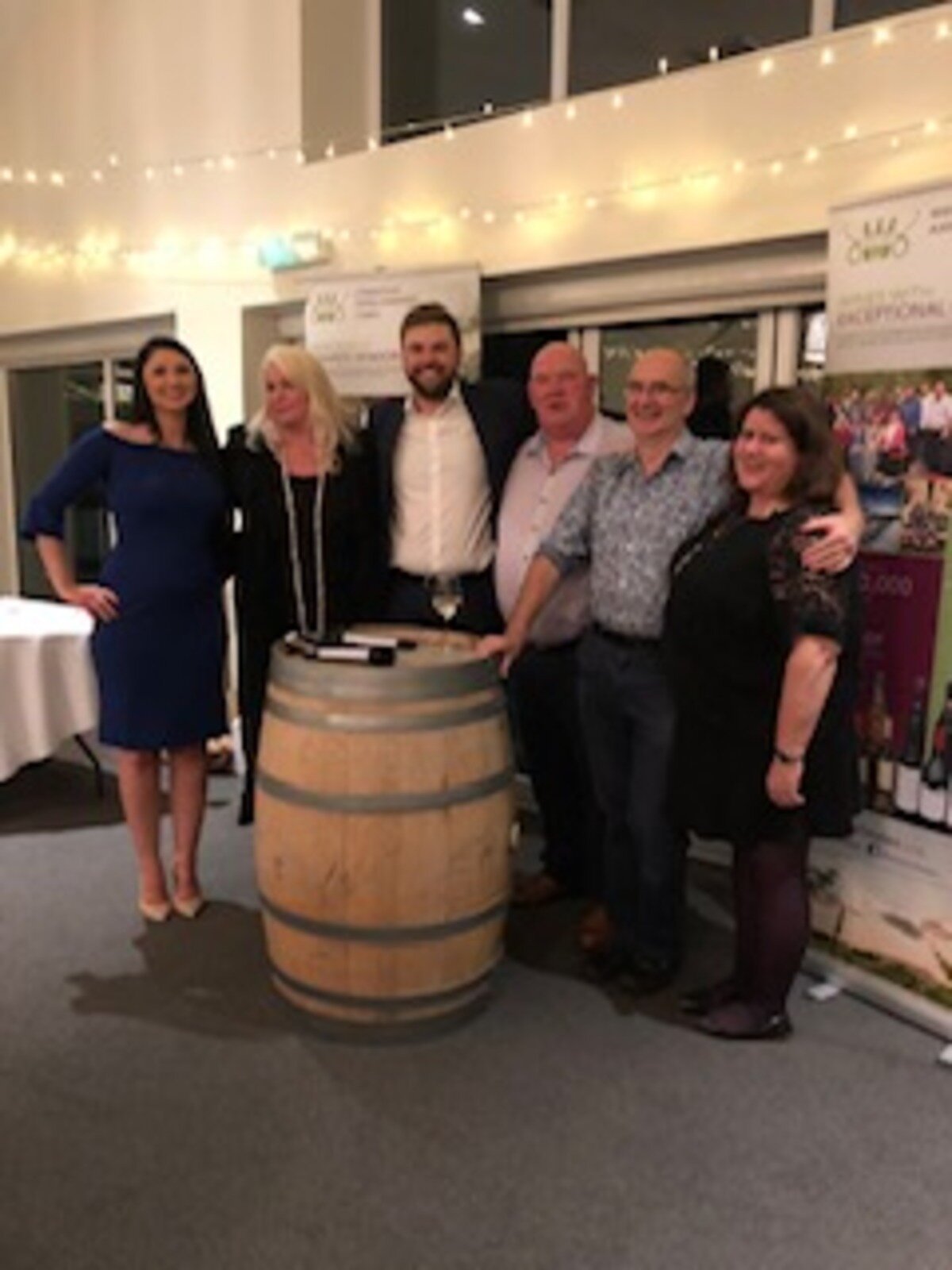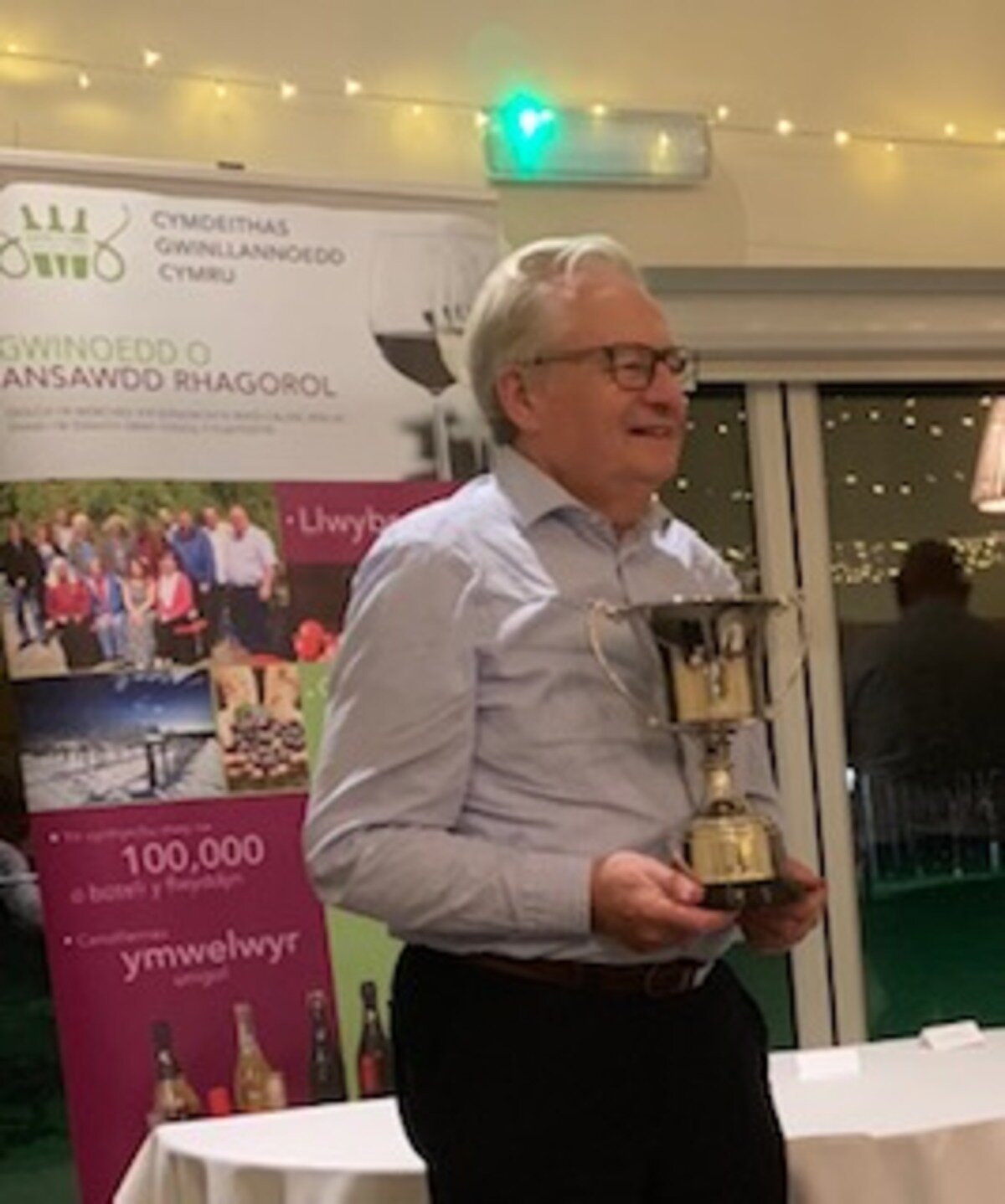My France Favourites: Linda Johnson-Bell
By France Today Editors -
January 16, 2014
Here France Today’s wine columnist, Linda Johnson-Bell, opens her little black book with some favourite picks for travel in France. An award-winning wine critic and writer, Johnson-Bell was born in the U.S. and studied in Paris (Sorbonne, SciencesPo) when at Scripps College in California. After completing graduate studies at the l’Université de Nice, she served as the Editor and Publishing Director of the French wine magazine, Vintage. She now divides her time between London, Oxford, and Venice. Her books include Pairing Wine and Food, Good Food Fine Wine, The Wine Collector’s Handbook, The Home Cellar Guide, and the forthcoming Wine and Climate Change (April 2014). She travels regularly as a European competition judge, authors the wine site www.TheWineLady.com and lectures/consults on climate-based future viticultural policy issues.
What’s your perfect day in Paris?
It would have to be a very long day so to fit in everything! First, I would get up and jog along the Seine, then meet my best girlfriends for coffee and make our way to the women-only Le Hammam Pacha in St Denis for a transporting session of eucalyptus steam-baths, savon noir et gommage, massages, swimming and a lunch of lamb chops, taboulé and mint tea. The afternoon would have a visit to La Balajo for a tango lesson followed by a bit of browsing in the nearby bookshops. I’d go home for a quick change, have cocktails at Harry’s Bar, dinner at my friend Patricia’s as she always lets me do the cooking. Then we’d hit the town – all of our old haunts that have sadly changed a lot since we were young. So, in my perfect day, we’d all still be 25 years old! Chez Castel for a bottle of Champagne (since Jean Castel died, the faded glamour has, too) and then after midnight, to Les Bains Douches to dance until we drop. Then, we’d walk home barefoot in the rain and stop at the boulangerie around the corner for the very first brioche out of the oven.
Your favourite restaurant in Paris?
It would be a restaurant that I did not go to for work (wine), but for pleasure: Le Gamin de Paris near the Marais (51 rue vieille du Temple). It rarely has tourists. The late owner was a stern, but warm woman who knew us all by name. It was here that I learned to love snails. They prepare and serve them on a bed of garlicky, buttery potatoes, gooey on the inside and crispy on the outside, in a poêle. So I started by having a mouthful– one snail and lots of potatoes– until eventually, I weaned myself off the potato and preferred the snail on its own.
The most sublime meal you’ve ever had in France?
It would have to be when I was Editor of the wine magazine, Vintage Magazine. I was not yet a “foodie” and was being dragged to every Michelin-star restaurant opening, focusing on the wine list, and stupidly, not appreciating what I was being taught. Looking back, I realise how much eventually seeped into my consciousness (and onto my thighs). I remember one event particularly well. One morning my publisher and I flew down to Monte Carlo where we were taken by helicopter to the Louis XV for an article we were writing on Alain Ducasse. When we arrived and were sitting down in his tasting kitchen (a room set off behind glass doors where they bring you little samples of each dish as they prepare them before the main event upstairs) when he burst in the room and told us that he had just learned that he’d won 3 Michelin stars in Paris – making him the first chef to have two 3-star restaurants (he went on to have 3). The food that day was filled with his passion, excitement and pride. Unforgettable.
Best travel memory in France?
I’d spent a week skiing at Avoriaz with a group of friends. Our chalet rental finished on a Friday and we didn’t want to leave the fresh air. So we booked a chambres d’hôte which ended up being the most amazing surprise. It was an old farmhouse and the couple had had 10 children, so they had turned an entire wing of the house into chambres. We were her only guests, and she served us the most stunning raclette in her dining room. But first, she spent the day taking us around to where her neighbour made her cheese, and where another baked her bread, and she took hours showing us her smoke houses where she taught us how to do it and she let us work with her. She was so full of fabulous stories, we couldn’t leave, and we were all late for work on Monday morning.
Favourite French region to travel?
Burgundy. One bottle at a time.
Top museum in France?
The new rooms for Monet’s Les Nymphéas at l’Orangerie. I go at off-peak times so I can be alone and sit on the floor in the middle and lose myself in the hazy violet watery magic of it.
Favourite French film?
Claude Lelouch’s Un homme et une femme (1966)
Souvenir for friends back home?
I always drive back from Paris with a boot full of wine, cheeses, truffles, fresh pastries for my sons and that morning’s shopping from the market for dinner that night. And, Eiffel Tower mugs and key chains – the essential kitsch.
Boutiques where you shop during the semi-annual soldes?
I like the kitchen shops where I pick up kitchen tools for uses that I did not even knew existed. And I am a puce fan … because there are bargains all through the year… I collect antique wine paraphernalia.
A destination in France that you’re dying to visit?
The only bit I have never been to: the island of Corsica.
Tip for first-time visitors to France?
Tell yourself that it is only your first-time and that you will return – that way you do not panic and try to do too much and end up not doing anything properly. Treat it like a “first bite”.


